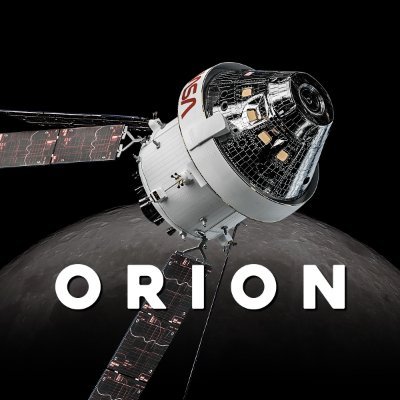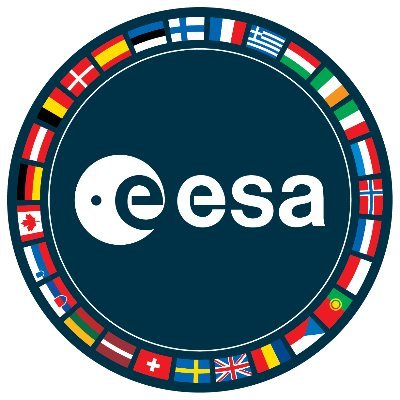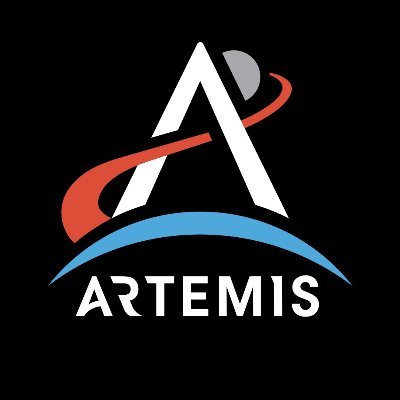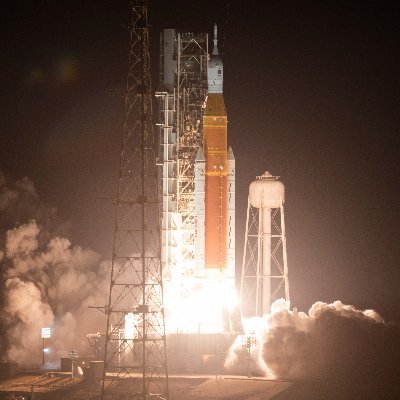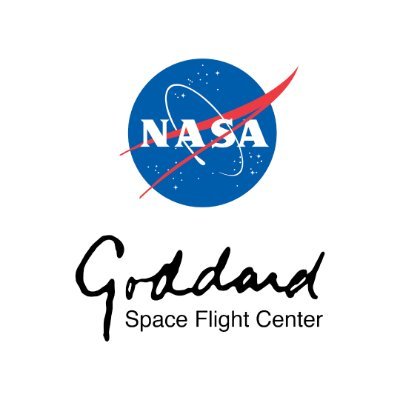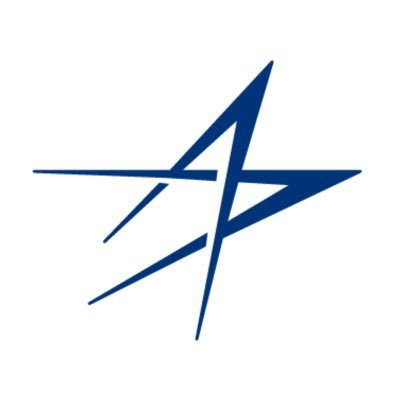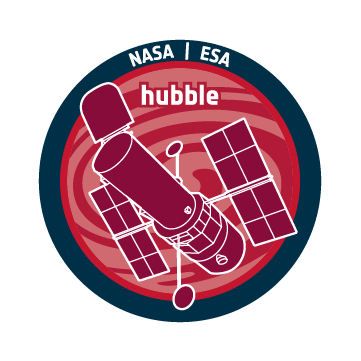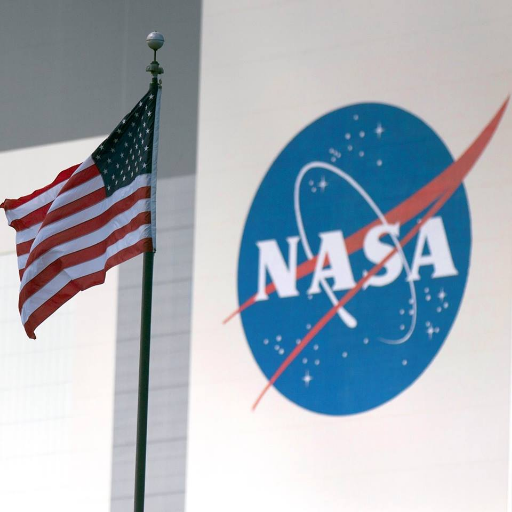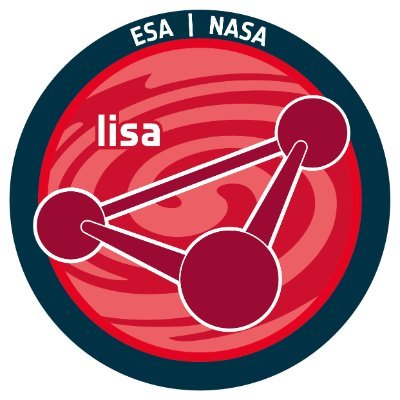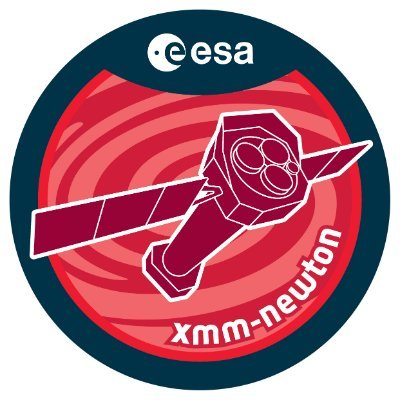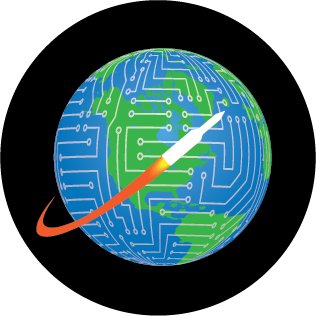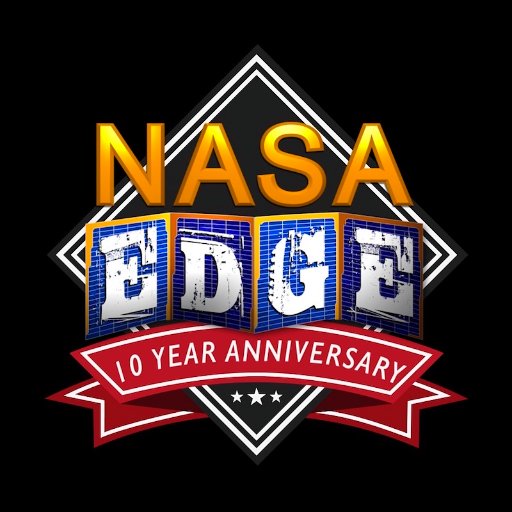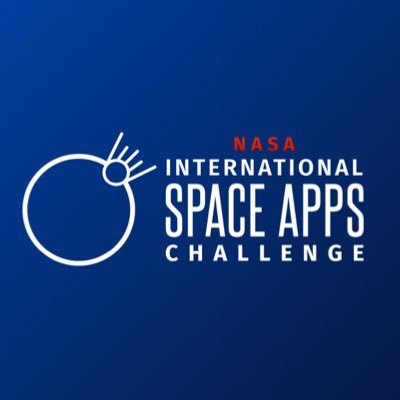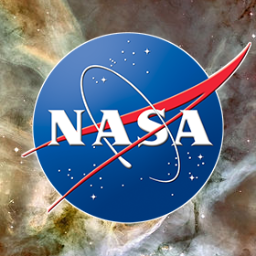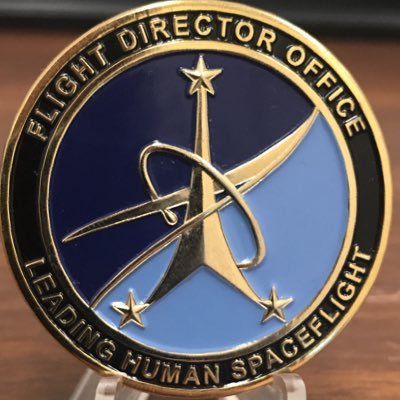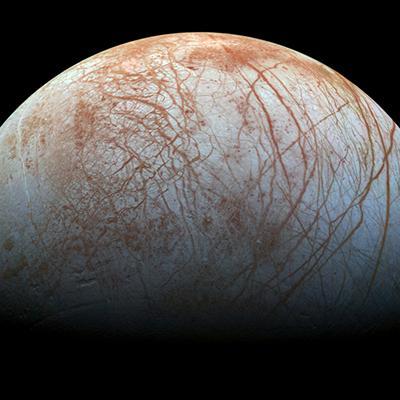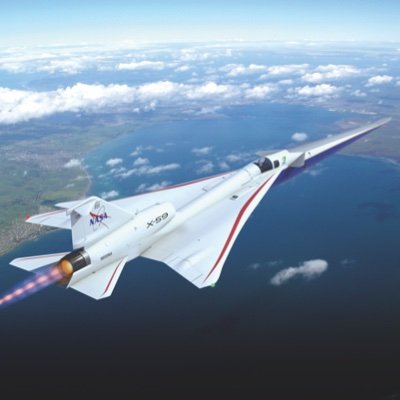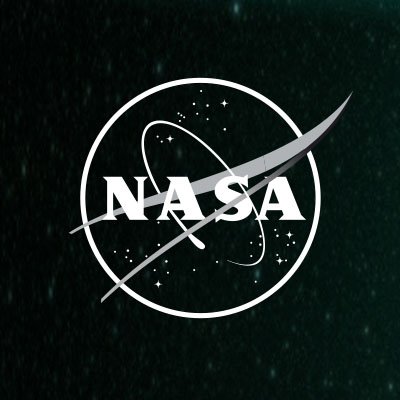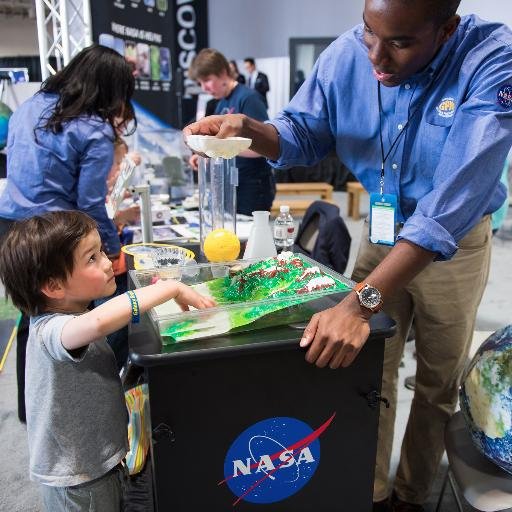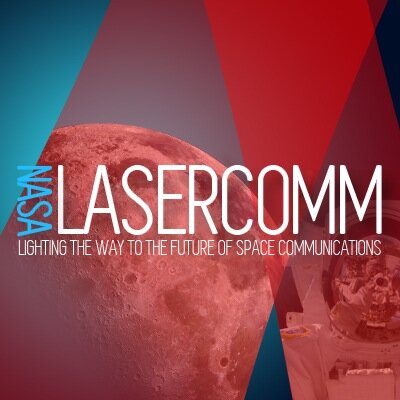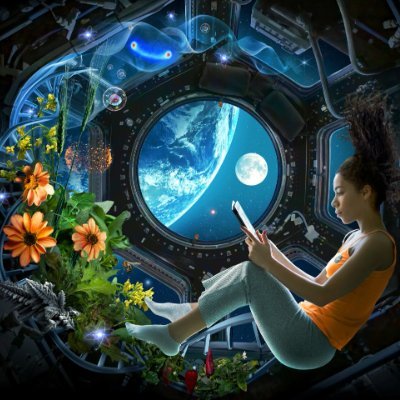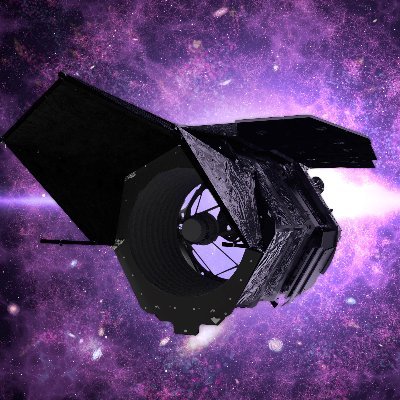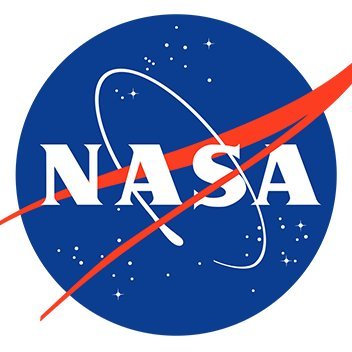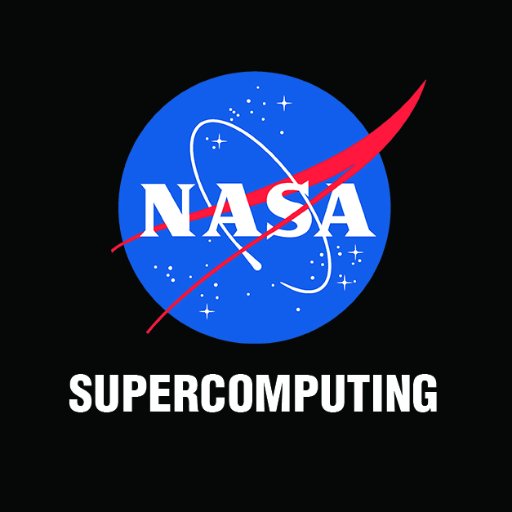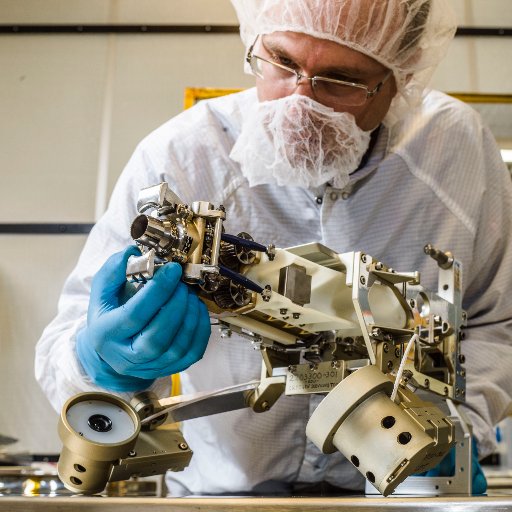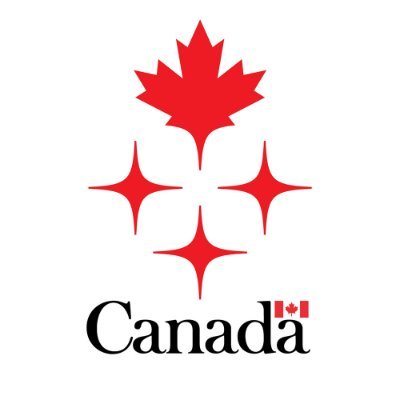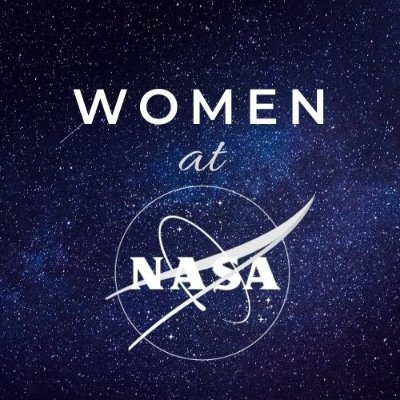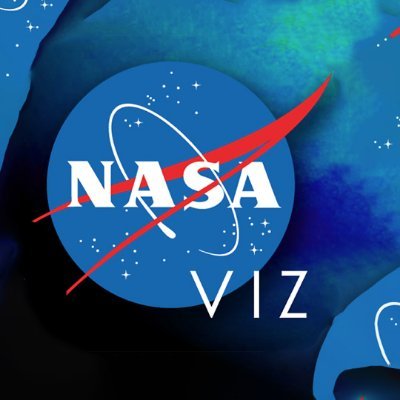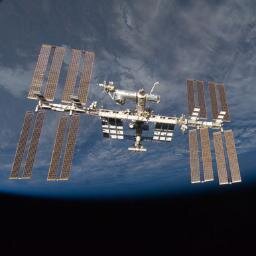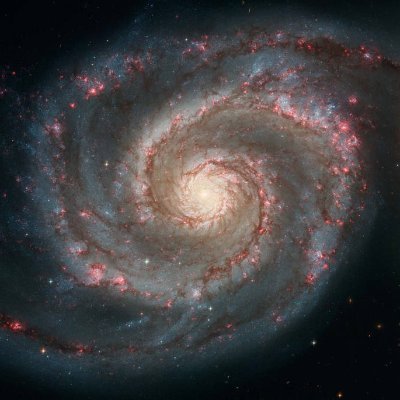
NASA Universe
@NASAUniverseYour backstage pass to the universe and how NASA studies it. Verification: https://t.co/8yJgpYaajm
Similar User

@NASAWebb

@NASAHubble

@NASASun

@NASAEarth

@NASASolarSystem

@NASAMars

@Space_Station

@NASAMoon

@NASA_Marshall

@NASAExpeditions

@NASA_Johnson

@NASAArmstrong

@NASAglenn

@NASAPersevere

@HubbleTelescope
The Resolve detector on @JAXA_en’s XRISM is so cool! No really, it’s chilled to one twentieth of a degree above absolute zero to measure the heat from individual X-rays. How cold is that? See how it compares to other temperatures in the universe. tmblr.co/Zz_UqjgFCgjZCm… 🧵
When it arrived at Cape Canaveral in 2004, our Swift observatory was all wrapped up like a gift to astronomers — which it has definitely turned out to be! Technicians unveiled the spacecraft and prepped it for launch. We’ll share more #Swift20 countdown moments next week!

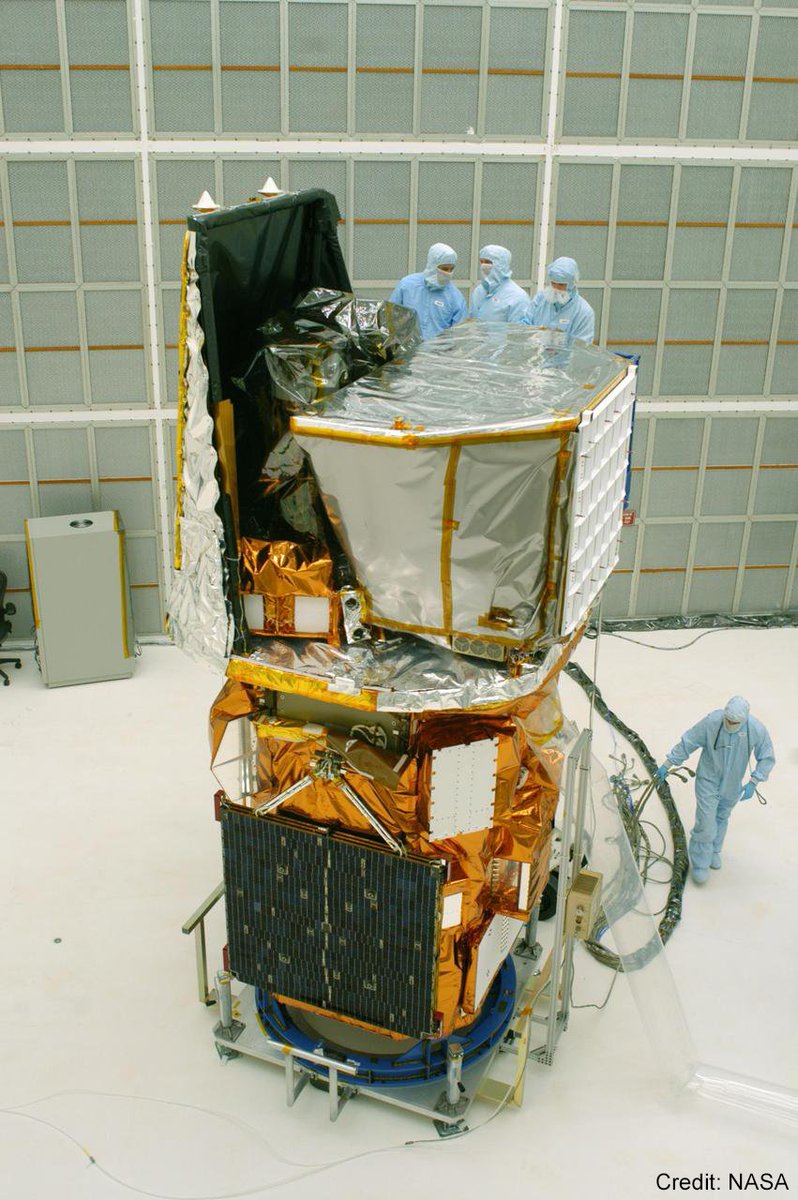
#TBT to 1995, when @ESAscience’s Infrared Space Observatory (ISO) launched! At the time, ISO was the most sensitive infrared satellite yet, helping scientists study dusty regions of the universe where visible light telescopes couldn’t see. esa.int/Science_Explor…

Just passing by? New observations with Hubble support some scientists' theory that the Large Magellanic Cloud, a dwarf galaxy neighbor to our Milky Way, has just completed its closest approach. This encounter has blown away much of the "halo" of gas that surrounds the LMC.

The final puzzle piece is here! After passing final thermal vacuum testing at @L3HarrisTech, the Nancy Grace Roman Space Telescope's Optical Telescope Assembly has arrived at @NASAGoddard 📸: NASA/Chris Gunn go.nasa.gov/4fIHV3N



#TBT to when our Neil Gehrels Swift Observatory arrived at Cape Canaveral before launch. For almost 20 years, Swift has helped us understand some of the most powerful explosions in the universe, called gamma-ray bursts. Meet the mission: tmblr.co/Zz_UqjYEooXWmq… #Swift20
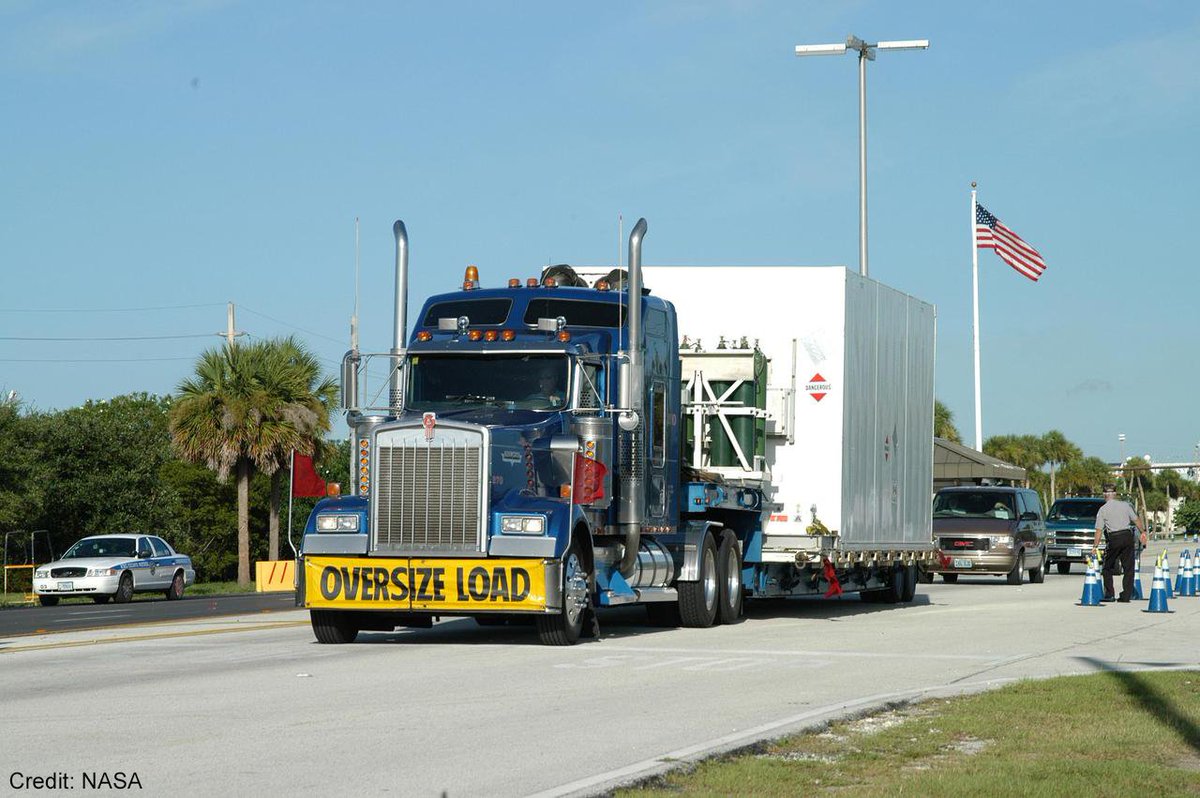
#OTD in 1978, the Einstein Observatory launched as the first space telescope capable of creating images of cosmic X-ray sources. This telescope advanced our understanding of supermassive black holes, supernovae, dark matter, and more. Read more: go.nasa.gov/3CqMMZ7

After astronomers spotted a series of outbursts from a distant galaxy, data from our Swift telescope along with ground-based observations helped them find the likely culprit — a pair of monster black holes orbiting within a cloud of gas. Learn more: go.nasa.gov/3Cs6TWL

In Nov. 2004, astronomers counted down to the launch of a powerful new multiwavelength observatory that would help us solve cosmic mysteries. Now, join us as we count down to Swift’s 20th anniversary and kick off a celebration of its science, people, and more! #Swift20
🔭 Join us Tuesday Nov 19 at 8 PM ET for a NASA Night Sky Network webinar! Dr. Kimberly Arcand will dive into 25 years of discoveries from the world’s most powerful X-ray telescope: the Chandra X-ray Observatory. Details & more: science.nasa.gov/learn/events-a…

Turbulence in Earth’s atmosphere can cause a bumpy flight. In space, it can help make new stars! A recent study simulated how turbulence in giant molecular clouds creates high-density pockets of material that are ideal for star formation. Read more: go.nasa.gov/3UMD8WQ

Our @NASAVoyager isn't just surviving out in interstellar space, it's thriving! After nearly 50 years, these twin spacecraft continue doing new science outside the heliosphere, a bubble of particles and magnetic fields created by our Sun. Learn more: go.nasa.gov/3YO6Hc5

The Crab Nebula was created by a supernova nearly 1,000 years ago, but continues to be a scientific puzzle. As the Earth blocks its view, Fermi has measured changes in the nebula and seen its brightness slowly vary over the last decade. go.nasa.gov/4fgVCqY #FermiFriday

Celebrate National #STEMday by submitting a student CubeSat proposal. Accepted applications have the chance to deploy their nanosatellite from @Space_Station Deadline is Nov 15. Details: go.nasa.gov/4dADTcN

Welcome to NGC 1672. This spiral galaxy resides about 49 million light-years away in the constellation Dorado. It's home to a supermassive black hole at its center, which powers an active galactic nucleus. Read more about this #HubbleFriday image: go.nasa.gov/3YHKHiM

On #STEMDay and every other day, we launch learning to new heights with resources that connect teachers, students, parents and caregivers to the inspiring work at @NASA Learn with us, discover with us, join us at nasa.gov/learning-resou…
United States Trends
- 1. $CUTO 7.390 posts
- 2. Tyson 366 B posts
- 3. Laken Riley 31,2 B posts
- 4. Pence 40,5 B posts
- 5. Dora 21,4 B posts
- 6. Ticketmaster 15,1 B posts
- 7. Mike Rogers 4.143 posts
- 8. #FursuitFriday 14,9 B posts
- 9. DeFi 104 B posts
- 10. Iron Mike 15 B posts
- 11. The UK 418 B posts
- 12. Pirates 17 B posts
- 13. Scholars 10,4 B posts
- 14. Oscars 13,2 B posts
- 15. #FridayVibes 7.649 posts
- 16. #AmericaRecyclesDay N/A
- 17. #FridayMotivation 3.861 posts
- 18. Conan 21,8 B posts
- 19. Wallo 7.437 posts
- 20. #FlashbackFriday 1.711 posts
Who to follow
-
 NASA Webb Telescope
NASA Webb Telescope
@NASAWebb -
 Hubble
Hubble
@NASAHubble -
 NASA Sun & Space
NASA Sun & Space
@NASASun -
 NASA Earth
NASA Earth
@NASAEarth -
 NASA Solar System
NASA Solar System
@NASASolarSystem -
 NASA Mars
NASA Mars
@NASAMars -
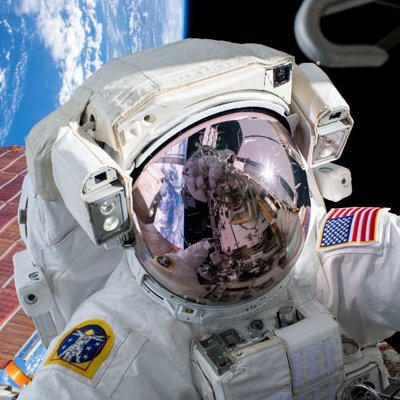 International Space Station
International Space Station
@Space_Station -
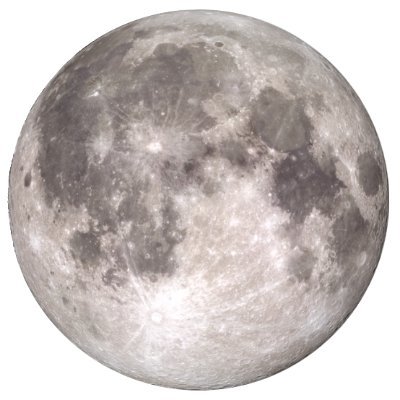 NASA Moon
NASA Moon
@NASAMoon -
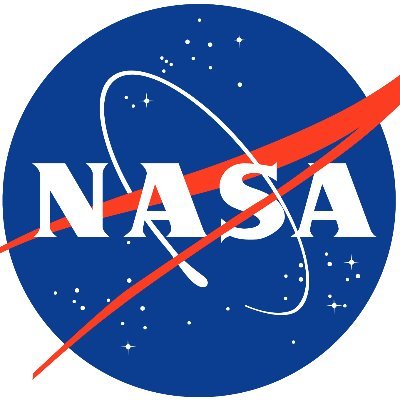 NASA Marshall
NASA Marshall
@NASA_Marshall -
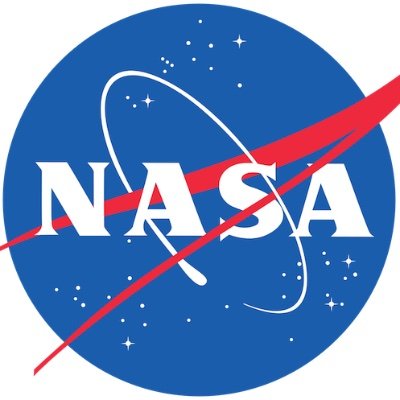 NASA Expeditions
NASA Expeditions
@NASAExpeditions -
 NASA's Johnson Space Center
NASA's Johnson Space Center
@NASA_Johnson -
 NASA Armstrong
NASA Armstrong
@NASAArmstrong -
 NASA's Glenn Research Center
NASA's Glenn Research Center
@NASAglenn -
 NASA's Perseverance Mars Rover
NASA's Perseverance Mars Rover
@NASAPersevere -
 Hubble Space Telescope
Hubble Space Telescope
@HubbleTelescope
Something went wrong.
Something went wrong.



